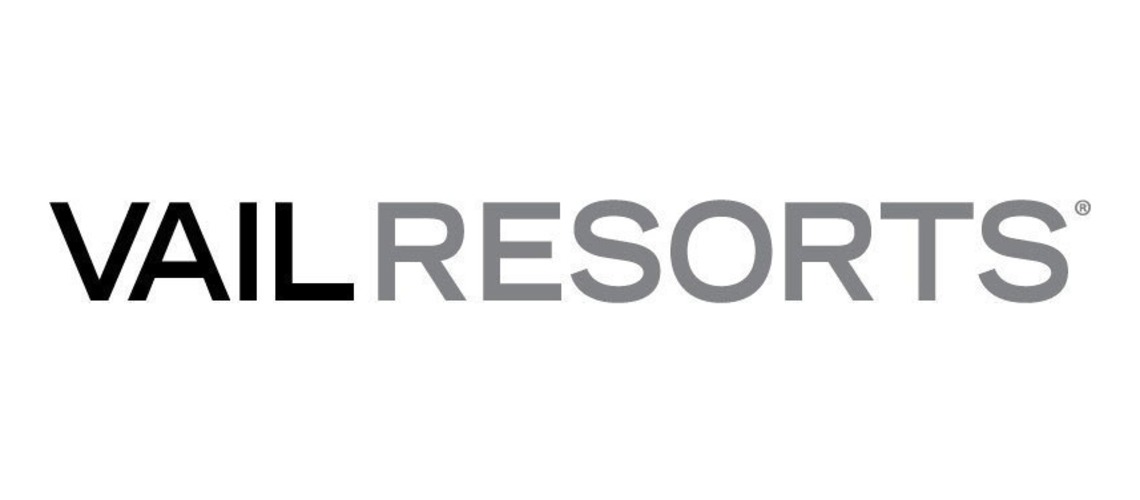Vail Resorts To Lay Off 14% Of Corporate Workforce

After 10 years of rapid expansion, Vail Resorts (NYSE: MTN), the world's largest mountain resort operator, today announced a two-year plan to transform the company for future growth and global expansion.
Vail Resorts has expanded significantly over the past 10 years, from 10 owned and operated mountain resorts to 42 across four countries, more than doubling the size of the company's workforce. During that expansion, the company captured initial acquisition synergies in corporate support functions and through technology integrations, while investing more than $2 billion in the guest and employee experience and industry leading innovations. The company now has a unique opportunity to transform resource efficiency given the scale of its 42 owned and operated mountain resorts, its common enterprise technology ecosystem, and its robust data and analytics capabilities.
The two-year Resource Efficiency Transformation Plan is designed to improve organizational effectiveness and scale for operating leverage as the company grows. Through scaled operations, global shared services, and expanded workforce management, the company expects $100 million in annualized cost efficiencies by the end of its 2026 fiscal year.
"We believe this is a natural progression and next step for our company, that builds upon our success and paves the way for the next phase of growth," said Vail Resorts CEO Kirsten Lynch. "Our mission: to create an Experience of a Lifetime for our employees and our guests, galvanizes our company, as does our commitment to reinvesting for growth."
A portion of the cost efficiencies are position eliminations, impacting less than 2 percent of the company's total workforce, including 14 percent of its corporate workforce and less than 1 percent of the company's operations workforce. Impacts in operations are focused on management structure and back-end support structure, with only 0.2 percent impact on frontline roles. Impacted employees will have the opportunity to apply for open roles across the company.
"No matter how big or small the impact of position eliminations, we do not take lightly any decision that affects our team members," Lynch said. "Our team members are the core of our mission to create an Experience of a Lifetime, and we have tremendous gratitude for their passion and commitment to our mission, our mountains, and our guests."
The Transformation Plan includes three pillars:
- Scaled Operations: With 42 owned and operated mountain resorts, plus hospitality operations, as well as retail and rental operations, the company's operations leaders have developed substantial operating best practices and learnings on how the ski industry solves the same problems differently across the U.S., Canada, and Australia. The company now has an opportunity to capture acquisition synergies by leveraging those best practices and introducing new tools to scale the way operations are supported across the company. This will enable operations to focus on the guest experience and reduce the administrative burden on frontline managers.
- Global Shared Services: As a part of the Transformation Plan, the company plans to consolidate and outsource its internal business services and call centers into best-in-class global shared services to support its North American businesses while creating a scalable model that can expand for future global expansion support. In addition to its 37 North American mountain resorts, the company owns and operates three mountain resorts in Australia – and over the past two years has expanded into Europe, with the purchase of Andermatt-Sedrun and Crans-Montana Mountain Resort in Switzerland.
- Expanded Workforce Management: Vail Resorts recently implemented Workforce Management technology across its North American resorts to provide the company's frontline managers with the tools and data insights needed to allocate talent based on the guest experience and demand, resulting in more efficient use of hours. The tool also gives frontline team members visibility, access, and cross-training for available shifts in-resort and network-wide. The Transformation Plan includes an expansion of Workforce Management by leveraging best practice models, adding lines of businesses and departments, and adding new functionality.













